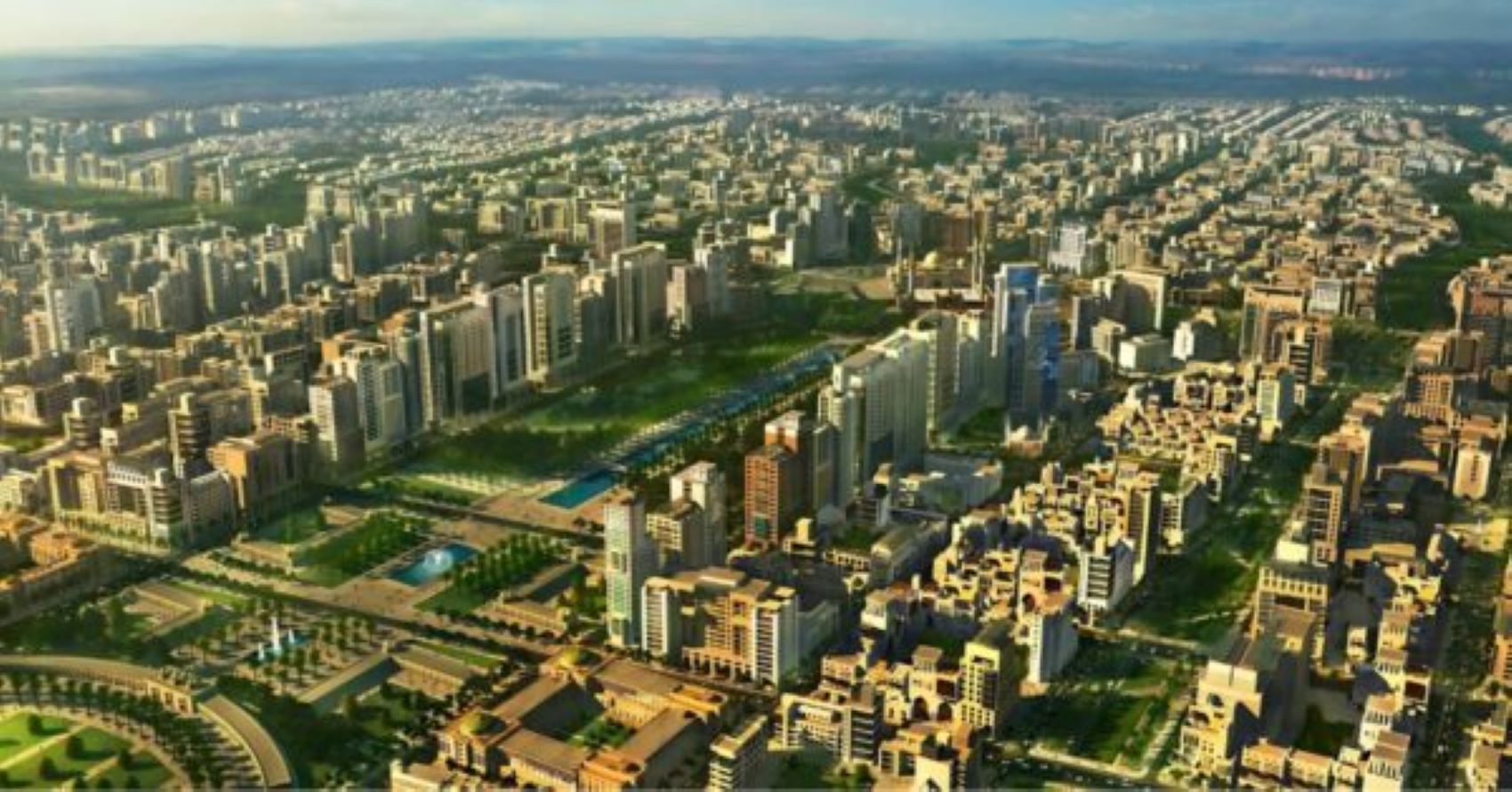RIYADH, SAUDI ARABIA – The first wind turbines have arrived at what Saudi officials bill as the world’s biggest green hydrogen plant, in the futuristic NEOM megacity, the project’s CEO told AFP on Tuesday.
“This week, we have our first delivery of wind turbines. They actually arrived in the port of NEOM, and they’ll be delivered up to site towards the end of this week,” said David Edmondson, CEO of the NEOM Green Hydrogen Company.
Around 30 turbines are expected to be delivered by the end of the year along with the project’s first solar panels, Edmondson said, laying the groundwork for eventual production of some 600 tonnes of green hydrogen per day.
The $8.4 billion NEOM green hydrogen plant is expected to reach full production by the end of 2026 and all its product will be for export.
The green hydrogen plant is located in the Oxagon region of NEOM, which officials describe as “an advanced and clean industrial ecosystem”.
NEOM has primarily garnered headlines for The Line, planned parallel mirror-encased skyscrapers extending over 170 kilometers (105 miles) of mountain and desert terrain.
The green hydrogen produced at the plant will be converted into green ammonia for ease of transport and then converted back into green hydrogen at its destination “for use (as a fuel) in sectors including transport and heavy industry”, according to a briefing note provided by the company.
Hydrogen fuel is produced through water electrolysis, and is only considered “green” if the electricity used to generate electrolysis is obtained from renewables such as wind and solar power.
A nascent industry
Technical challenges, high costs and a lack of infrastructure have all slowed the advance of clean hydrogen, though Saudi officials bill it as a promising solution in the fight against climate change and the transition away from fossil fuels.
Saudi Arabia, the world’s biggest crude oil exporter, has been keen to tout its sustainability bona fides ahead of the COP28 climate talks that kick off next month in Dubai.
Edmondson was speaking to AFP on the sidelines of the Middle East and North Africa (MENA) Climate Week, a flashy UN-organised conference hosted in the Saudi capital Riyadh that some participants have jokingly referred to as “COP27.5”.
Other announcements at the conference include a domestic scheme to allow companies to purchase credits offsetting greenhouse gas emissions and a “roadmap” to plant 10 billion trees across the kingdom.
Yet Saudi officials have taken heat from environmentalists for their calls for ramped-up fossil fuel investments, which they say are necessary to ensure energy security and which are also backed by Sultan Al Jaber, COP28 president and head of the Emirati state-owned oil firm ADNOC.
“If all this green hydrogen is used in the heavy-duty truck market, this will save the world up to five million metric tonnes of carbon dioxide (CO2) per year, compared to diesel trucks or buses,” the company briefing note said.
The export-only approach reflects scant local demand compared to markets like Europe, Edmondson said.
“The local market is not mature enough,” Edmondson said.
“Saudi doesn’t have, and the MENA region doesn’t yet have that established green industry. It will come.”
He acknowledged that green hydrogen is a “nascent industry” and that there is “uncertainty” about demand given its cost, but expressed confidence it would be a necessary tool for companies to meet their net-zero targets.
Saudi Arabia announced in 2021 that it was targeting net zero emissions by 2060.

